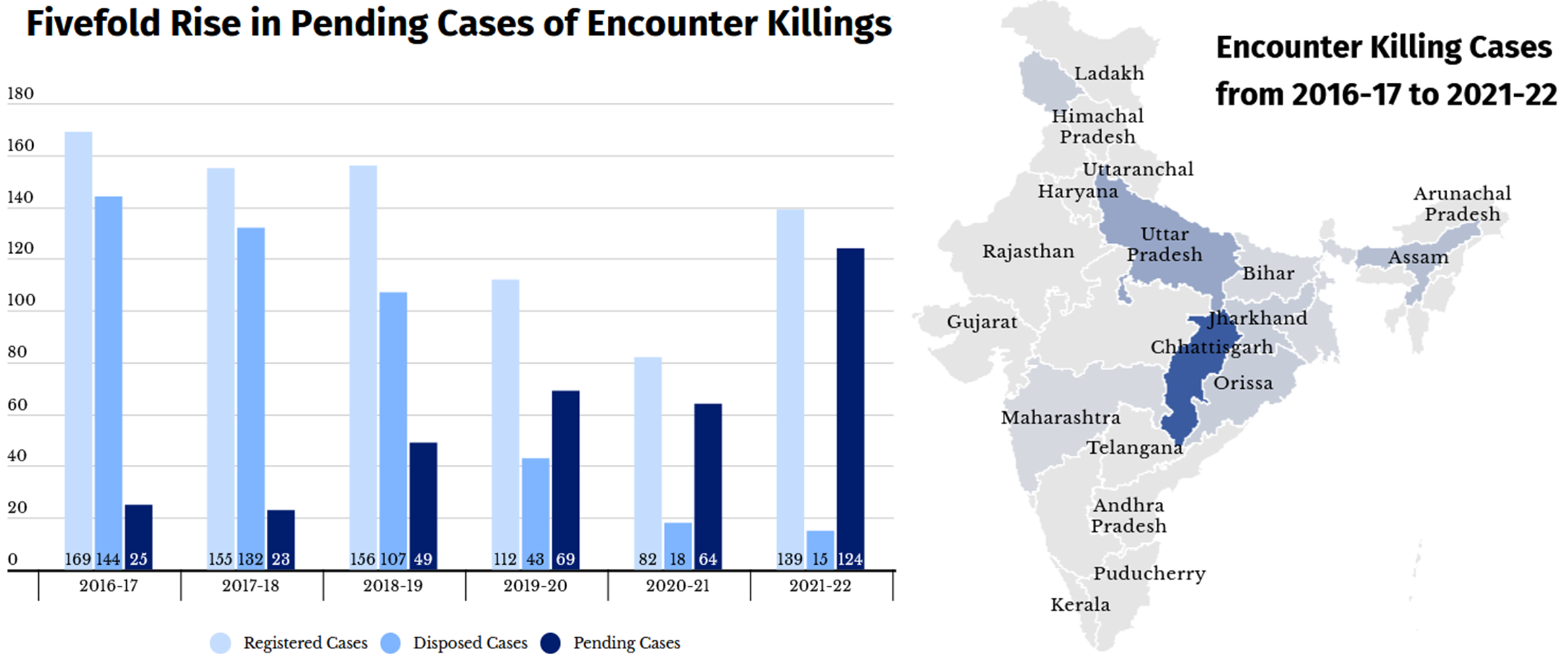The Uttar Pradesh Special Task Force has recently encountered two persons who were wanted in connection with the Umesh Pal murder case.

The Supreme Court in Om Prakash Vs State of Jharkhand (2012) stated that extra-judicial killings are not recognized as legal by our criminal justice administration system and they amount to State sponsored terrorism
Article 141 says that the law declared by the Supreme Court shall be binding on all other courts in Indian territory.
The UN Convention Against Torture (UNCAT) is an International human rights treaty adopted in 1984. India signed the treaty but not yet ratified it.
References
Infocampus 2 months
Greetings! Very helpful advice within this article! It is the little changes that produce the largest changes. Many thanks for sharing!
Full Stack Developer Course in Bangalore
Full Stack Training in Bangalore
Full Stack Training in Marathahalli
Data Science Training in Bangalore